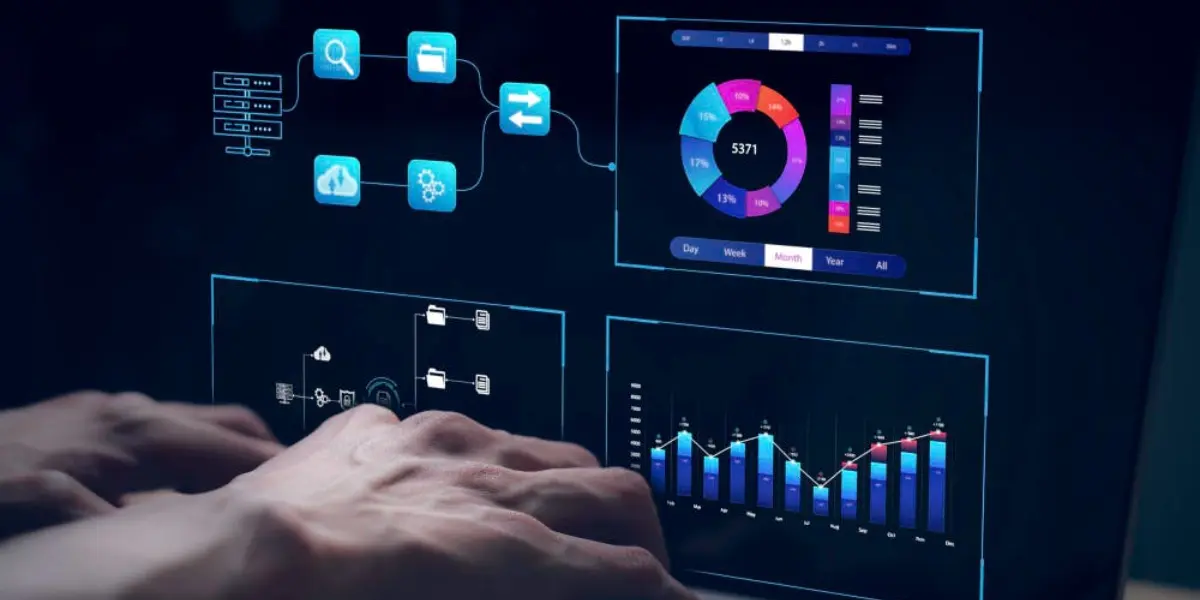Key questions for tech portfolio managers
To ensure that portfolio companies are on track to create the expected value, investors must be able to answer the following questions:
- Is the company capable of delivering on its technology roadmap?
- Do the technical teams have the right skills and resources?
- Are teams under- or over-resourced in relation to project ambitions?
- Are product development and source code evolution aligned with industry best practices?
- Can I control costs and accurately measure technical debt?
These are not concerns reserved solely for the CTO or operational management—they directly impact the future valuation of the company and the fund’s ability to optimise returns at exit.
Portfolio monitoring is the cornerstone tool for portfolio managers. It enables them to track performance indicators across their PortCos—far beyond just financial health. It encompasses governance, legal and regulatory compliance, or the state of the company’s technology—each of which can significantly influence performance and value creation.
However, tech-specific KPI monitoring solutions remain rare on the market of PE providers. Vaultinum, a recognised player in tech due diligence, has developed a suite of tools tailored to the monitoring needs of both private equity funds and technical leaders and CTOs.
Portfolio Monitoring: a core tool in portfolio management
Portfolio management refers to the strategic overseeing of a fund’s investments, including resource allocation, risk diversification, and growth planning for each asset. To execute this strategy and ensure objectives are met, private equity investors rely on a vital operational tool: portfolio monitoring.
Specifically adapted to tracking tech performance, this monitoring solution allows investors to anticipate deviations and identify optimisation levers in real time by tracking precise indicators that measure product evolution, code quality, technical team performance, and cybersecurity and operational risk management.
For funds invested in tech and software, this approach offers an objective, quantifiable view of a company’s development, reduces uncertainty, and facilitates the implementation of corrective measures.
A tool for both private equity fund managers and technical teams
For tech portfolio monitoring to be effective, it must not be designed solely for fund managers. It should also serve as a performance tracking tool for the technical teams within portfolio companies, empowering CTOs and IT leads to manage operations more efficiently through access to relevant KPIs.
Private equity investors and operational teams, however, have different expectations. While investors focus on overall performance and risk control, CTOs prioritise the efficiency of development processes and the continuous improvement of technical practices.
For example, key KPIs include:
- For investors: development velocity, alignment with strategic roadmap, management of tech risks and associated costs, team stability, code quality, and its impact on future valuation…
- For technical teams: commit frequency and volume, test coverage, technical debt, documentation standards, adoption of best practices in DevOps and cybersecurity…
Regular monitoring of these indicators ensures more effective management of the tech asset throughout its lifecycle and maximises its value at exit.
How Portfolio Monitoring tracks technical team performance
The quality, capability, and performance of development teams have a direct impact on an asset’s scalability. An unstable team, inefficient processes, or poor knowledge management can seriously hinder value creation.
Vaultinum’s tech portfolio monitoring tool, which leverages Git data from portfolio companies, enables early detection of such risks by analysing team performance across several dimensions:
Team structure and stability
Turnover rates, reliance on key individuals, diversity of skillsets.
Work dynamics
Commit frequency and regularity, inter-team collaboration, knowledge sharing.
Processes and methodologies
Adoption of best practices in project management, documentation, and process standardisation.
Team sizing versus ambition
Alignment of team size with objectives, timelines, complexity, and project scope.
Vaultinum’s Portfolio Monitoring: enabling tech-driven value creation
Vaultinum offers private equity stakeholders a tech portfolio monitoring solution that combines expert analysis with source code scanning tools—catering to both investor and PortCo technical team needs.
A personalised support service (White Glove Service)
Vaultinum works closely with private equity funds to track technological assets throughout the holding period. Through regular deep-dive tech due diligences, investors gain continuous insight into a company’s progress, upcoming technological hurdles, and can adapt operational strategies accordingly.
A dedicated tech platform
Designed for CTOs and tech teams, the platform provides real-time monitoring of the KPIs they identify as priorities (e.g. code quality, development velocity, cybersecurity, development processes and methodologies, individual developer performance), ensuring perfect alignment between the company’s execution, its ambitions, and those of its investor.
Conclusion: driving value creation end-to-end
Tech portfolio monitoring allows investors to track the evolution of technological performance and associated risks across their investments. By providing tangible KPIs on product delivery, code quality, and team effectiveness, it supports decision-making throughout the investment lifecycle.
For portfolio companies, it becomes a practical management tool for technical teams, helping align their efforts with the strategic goals defined by the fund.
Disclaimer
The opinions, presentations, figures and estimates set forth on the website including in the blog are for informational purposes only and should not be construed as legal advice. For legal advice you should contact a legal professional in your jurisdiction.
The use of any content on this website, including in this blog, for any commercial purposes, including resale, is prohibited, unless permission is first obtained from Vaultinum. Request for permission should state the purpose and the extent of the reproduction. For non-commercial purposes, all material in this publication may be freely quoted or reprinted, but acknowledgement is required, together with a link to this website.

